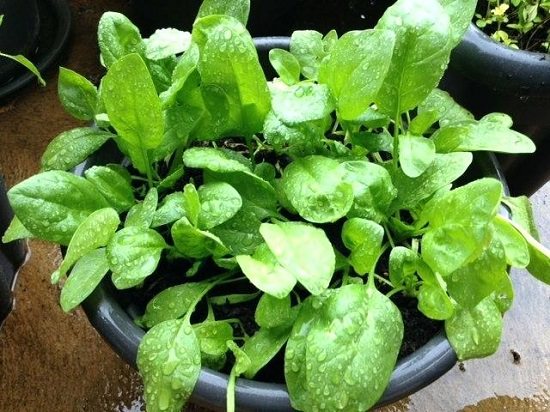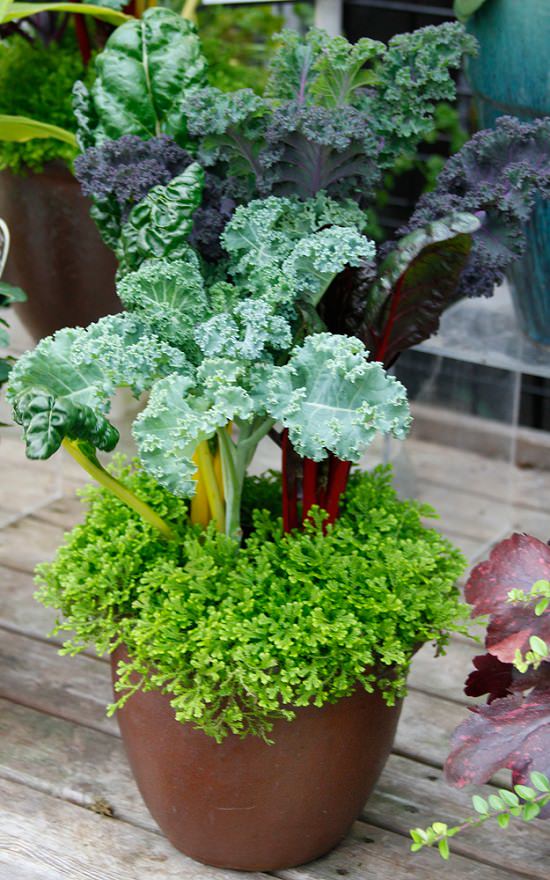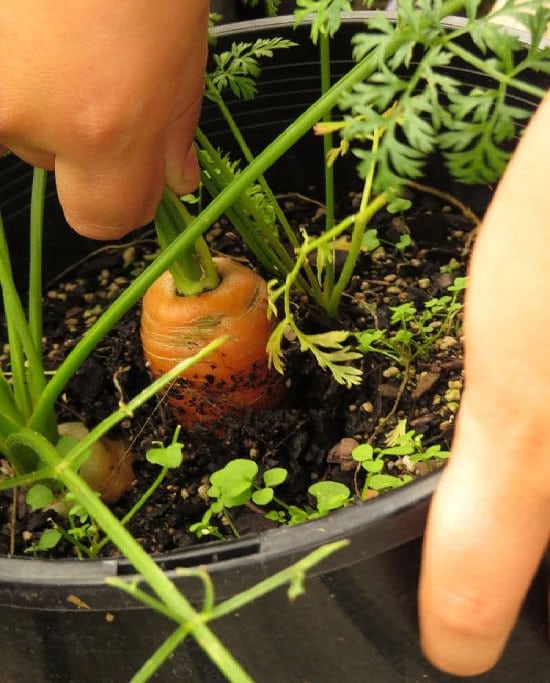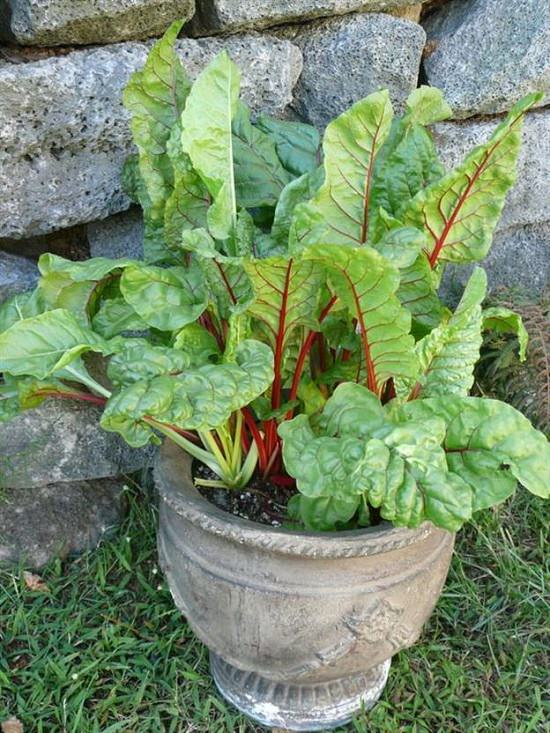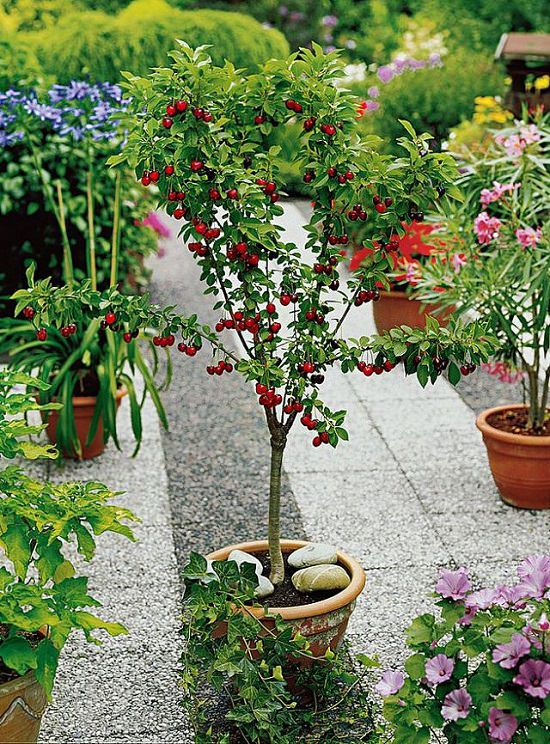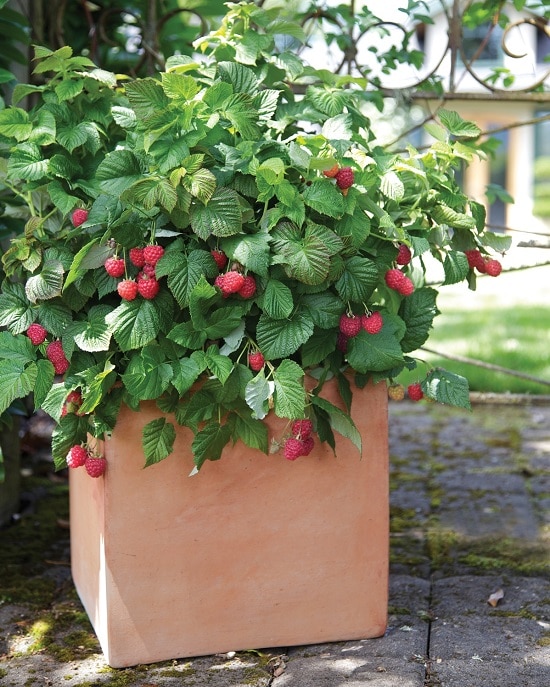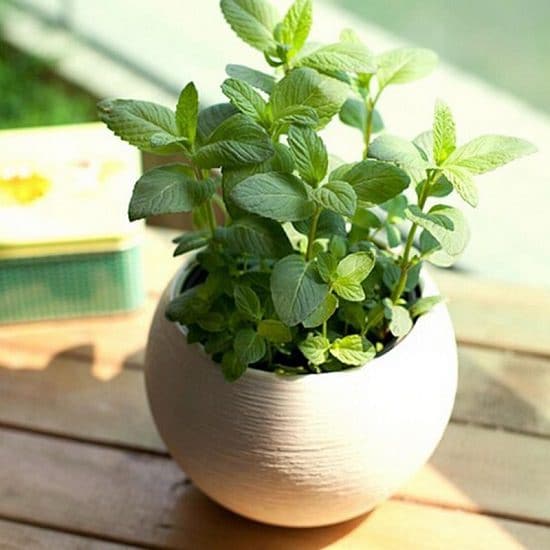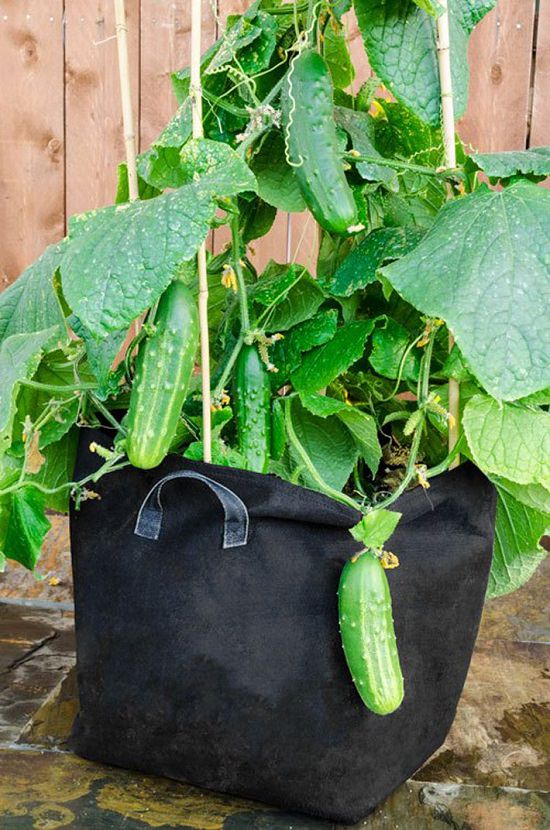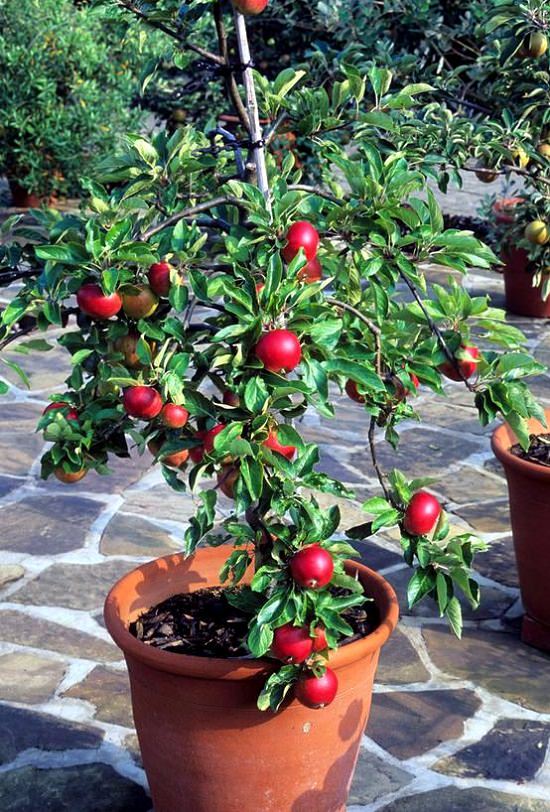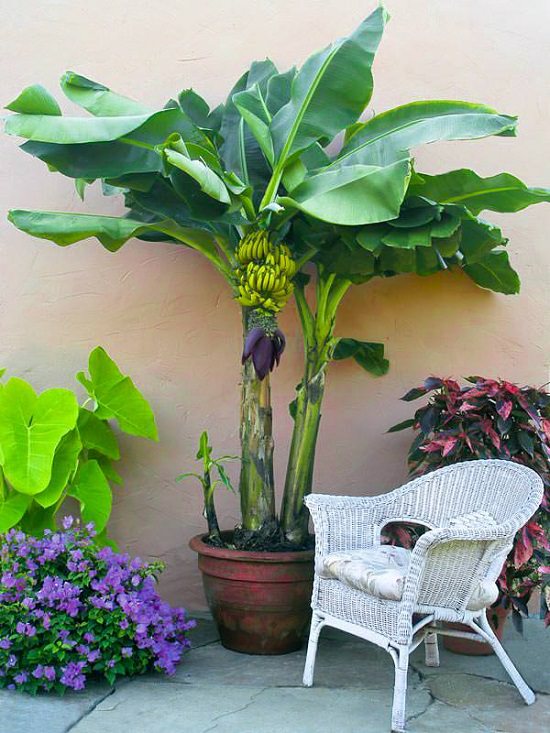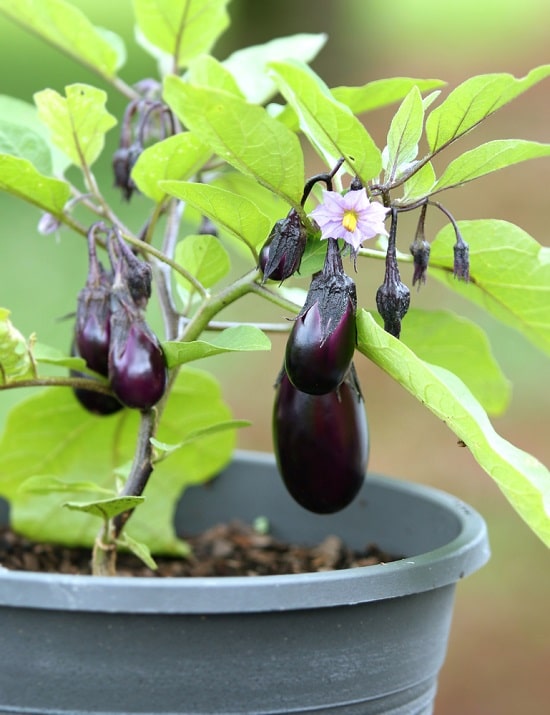Harvesting fresh fruits and vegetables is always a good idea. Here’s How to Grow a Smoothie Garden to have an uninterrupted supply!
Whether you are looking for a convenient meal replacement or a quick refreshing snack, a smoothie is the best choice! Here’s everything you need to know on How to Grow a Smoothie Garden to have a never-ending supply of fruits and vegetables!
1. Spinach
Remember the can of spinach Popeye used to eat as a last-minute resort against enemies? It turns out that spinach is a superhuman food as its rich in many vitamins and minerals. Not only for smoothies, but spinach can also be used in salads!
Health Benefits: Spinach is rich in vitamin-B, K, C, iron, and many minerals, which helps in keeping eyes and bone healthy.
Growing Tips: Spinach does well in full sun to part shade, and while planting in pots, make sure that it is 6-8 inches deep.
Here is how you can grow spinach in pots easily!
2. Kale
Start your morning with a boost from the goodness of kale. Make sure that you remove the stems and chop kale before running it in the blender. Kale also grows sweeter after frost, like many other greens. This is the plant to consider if you are thinking about how to grow a smoothie garden.
Health Benefits: Kale is rich in fiber, manganese, Vitamin-A, B, K, C, and omega-3 fatty acid, which is good for skin and hair.
Growing Tips: Fertilize kale with a water-soluble fertilizer rich in nitrogen and phosphorous, once you harvest its leaves.
3. Carrots
You can start carrots with seeds in the spring or fall. Plant them in raised garden beds or container for optimum growth. Available year-round, these sweet sticks can be used in savory dishes, cakes, and salads, also apart from smoothies!
Health Benefits: Rich in Vitamin-A, K, B6, and biotin; the carrot is responsible for lowering the blood cholesterol, helping in weight loss as well.
Growing Tips: You should plant carrots through seeds in the spring or fall, in loamy or sandy soil.
Check out our article on growing carrots in containers here!
4. Strawberries
Strawberries are used worldwide for flavoring smoothies. Being perennials, they’ll come back year after year. You can grow them everywhere from hanging baskets, borders, in upside-down planters to window boxes, pots, and garden beds!
Health Benefits: Strawberries are rich in Vitamin-C and fiber, which are beneficial for heart health and sugar control.
Growing Tips: Strawberries prefer full sun nurturing, so locate them accordingly.
Looking forward to growing strawberries? Click here!
5. Swiss Chard
One unique trait, swiss chard possess, is being both heat and cold tolerant. There is no hard and fast rule when it comes to planting, but early to mid-spring is a suitable time. Harvest the tender leaves and chop them before tossing in the blender.
Health Benefits: Swiss Chard is rich in Vitamin-A and C, and loads of fiber, which helps in relieving obesity and lowers the sugar level.
Growing Tips: Grow Swiss chard in a fertile and moist soil having pH between 6 to 7.
6. Blueberries
Plant Blueberries in containers and place them in a sunny or sheltered spot. They offer a sweet and tangy taste, making them perfect for smoothies!
Health Benefits: Blueberries are packed with antioxidants having an anti-aging effect. They also contain Vitamin-B, C, and folate.
Growing Tips: Grow them in acidic soil with a pH of 4-5 at a sunny spot. Protect them from birds, if you have placed the container outdoors.
7. Ginger
Ginger is one of the best remedies against cold and cough. It can be grown as perennials in tropical regions in both pots and the ground. In colder regions, it needs adequate protection. Spring is the best planting time for ginger.
Health Benefits: This superfood possesses anti-inflammatory and antibiotic properties, which help with Osteoarthritis.
Growing Tips: Plant ginger in a sunny spot during spring, but protect it from the scorching sun during summer.
Want to grow ginger in pots? Here’s everything you need to know!
8. Cherries
There are many varieties of cherries that can be broadly divided into two categories–Sour and Sweet. The cherry smoothie is a delicious and nutritious alternative to junk food! This is the plant to consider if you are thinking about how to grow a smoothie garden.
Health Benefits: Cherries contain a hormone called Melatonin, which relieves from insomnia.
Growing Tips: Some varieties are self-pollinating, while others are not, so make sure to plant both male and female varieties together for pollination. Plant them in full sun.
9. Peaches
Peaches are not only priced for their juicy fruits but also the showy and fragrant flowers in springs. If you live in cold regions, go for a dwarf-sized variety like Golden Gem, El Dorado, Garden Gold, and Southern Sweet. Reliance is another cold-hardy variety you can grow if you live in very cold regions.
Health Benefits: Peaches are abundant in vitamins and minerals like potassium, copper, manganese, and phosphorous. They help in improving digestion and vision-problems.
Growing Tips: It requires warm weather and fertile soil for optimum growth and takes around 2-4 years to produce fruits.
10. Raspberries
Raspberries are of mainly two varieties: Summer bearing and Everbearing. Summer bearing plants bear fruits in late summer, whereas the everbearing plants bear fruits twice in a year, once in early autumn and again in next year around early summer.
Health Benefits: This heart-healthy fruit consists of fiber, vitamin C, and antioxidants, which protect your body from arthritis and various chronic diseases.
Growing Tips: The long thorny canes of this plant can grow up to 5-feet tall, and for multiple planting, provide ample spacing of 20-inches between them.
Beetroots are known to tolerate harsh cold weather and freezing temperatures. Although for optimum growth, they do require full sun. Plant any one of the various colored beetroot varieties such as red, yellow, purple, and white roots. The choice is yours! This is the plant to consider if you are thinking about how to grow a smoothie garden.
Health Benefits: Good source of vitamin-C and fiber, improving blood flow by lower its pressure.
Growing Tips: Beets require full sun nurturing, sow its seeds in spring or fall, and you can start harvesting beets in 60 days.
Want to grow beetroot in containers? Here is all you need to know!
The juicy red flesh and water content makes it an excellent choice for summer smoothie! Choose a pot of about 2 feet deep for planting melons, as it has the taproot. Provide sturdy support and well-draining soil. For small space gardening, you can grow them vertically.
Health Benefits: It has a high content of Vitamin-A, C, B, and minerals. It also lowers inflammation and prevents macular degeneration.
Growing Tips: Choose a pot of about 2-feet deep filled with sandy or loamy soil with pH 6 to 6.8 and provide them some sturdy support.
Check out our article on growing watermelons in containers here!
18. Banana
Bananas contain many nutrients, making them good for the heart and digestive system. You can also give a touch of the tropical feel to your garden by planting bananas.
Health Benefits: Bananas contain healthy carbs and various vitamins, which are free of fats and cholesterol.
Growing Tips: For a small space or pots, select smaller sized varieties, it will bear fruits prolifically.
Here’s everything you need to know about growing banana in containers!
19. Eggplant
Surprised, how did eggplant make into the list of smoothie garden? Well, there are some recipes by which you can make delicious eggplant smoothies. You can also mix it with other fruits on this list to make it tastier!
Health Benefits: It is an excellent source of fiber, vitamin-B1, K, and folate, which increases brain functioning and prevents anemia.
Growing Tips: This crop does well in bright sunlight and warm weather, reaching a height of 1-3 feet and takes around 50-60 days to produce ripen fruits.


